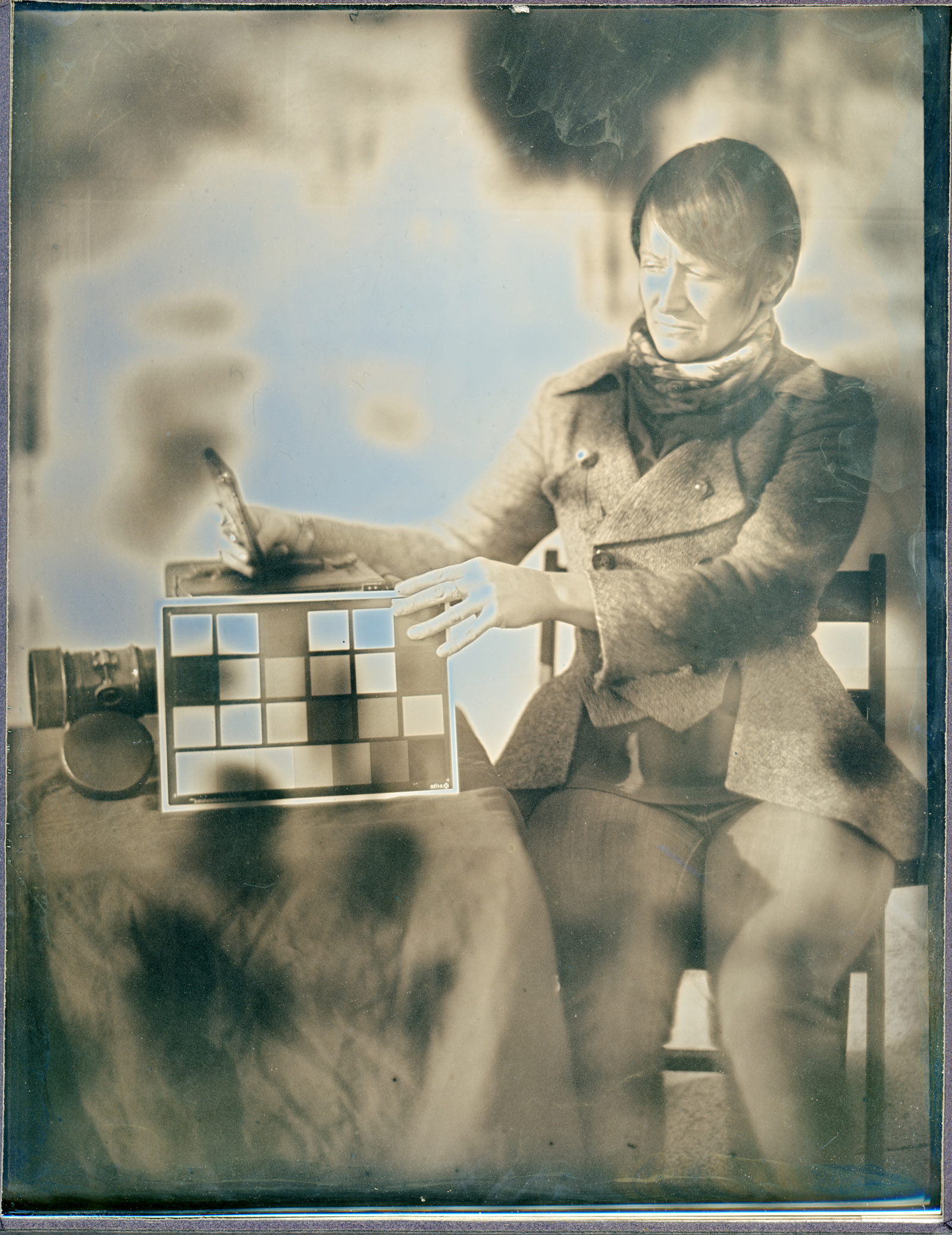
Title: Reaction Time: Then vs. Now – Insights from a Century of Data on Our Minds
For more than a hundred years, both psychologists and physiologists have been captivated by reaction time (RT), a crucial metric of cognitive processing that indicates how swiftly a person can respond to a stimulus. This seemingly straightforward measure has consistently featured in cognitive psychology studies, evaluating a wide range of aspects from attention and memory to decision-making and intelligence. Yet, what insights can we gain by stepping back and analyzing reaction time data across different generations?
The origins of systematic reaction time measurement trace back to the late 1800s, prior to the establishment of psychology as an official field. One of the earliest extensive reaction time datasets was gathered by the Victorian polymath Francis Galton. Though Galton is often remembered today for his contentious support of eugenics, he was also an innovative statistician and psychometrician committed to revealing insights into human intelligence through empirical approaches.
Galton and the Victorian Perspective
Galton’s interest in reaction time stemmed from his hypothesis that quicker reaction times could indicate higher intelligence. In 1890, at his anthropometric laboratory in London, he conducted a series of physical and mental tests— including simple reaction time— with over 3,400 subjects. Galton focused on “simple RT,” which measures the speed required to respond to a basic stimulus (for instance, pressing a button when a light appears). He believed that variations in reaction time reflected differences in processing speed and, consequently, cognitive capacity.
Galton’s mean RT measurements—approximately 183 milliseconds—establish a thought-provoking historical benchmark. This leads to an intriguing question: have humans become faster or slower over the last century?
The Advent of Modern Psychology
While psychologists have largely moved away from Galton’s hereditary viewpoints, research into reaction time persists. Unlike IQ tests—which can be heavily swayed by education, cultural context, and familiarity with the test—RT offers a relatively clear insight into basic neural and motor functions. This quality makes RT an effective measure for detecting subtle cognitive differences across experimental conditions or even among different generations.
Simultaneously, the field has noted a phenomenon dubbed the Flynn Effect: a consistent rise in IQ test scores worldwide throughout the 20th century, approximately three points per decade. This unexpected trend indicates that newer generations are becoming smarter according to traditional metrics. However, could reaction time perhaps reveal a contrasting scenario?
A Slowdown: Decline in Reaction Time?
Numerous contemporary studies have revisited Galton’s data in an effort to relate his findings to current trends. Research by Irwin Silverman (2010) compared Galton’s reaction time data with values from 14 studies conducted between 1941 and 2004, the majority featuring college-aged subjects. Notably, with just one exception, all modern cohorts exhibited longer reaction times—sometimes surpassing 200 milliseconds, in contrast to Galton’s average of 183ms.
Another study by Woodley, te Nijenhuis, and Murphy (2013) presented perhaps the most striking interpretation: a gradual decline in processing speed throughout the 20th century. Employing a meta-analytic methodology, they estimated this decline to be around 10%—approximately a 20 millisecond increase in reaction time. Their 2015 follow-up showcased this “secular slowing” in reaction time across four major datasets from the UK over a century, with bubble sizes corresponding to sample sizes. Together, these findings imply that, on average, contemporary individuals are significantly slower in simple reaction tasks than those from the Victorian era.
What could account for this decline?
To Interpret or Not to Interpret?
Several theories have emerged to explain this generational change in reaction times:
1. Variability in Measurement
Some critics have raised concerns that differences in measurement tools might account for the slower modern results. However, more recent replication studies have diligently employed similar or even original hardware and methodologies, yet still report slower RTs.
2. Cognitive Trade-offs
Others speculate about a shift in cognitive resource allocation. Modern minds may be engaged in more intricate multitasking or higher-order problem-solving, resulting in decreased capability for the kind of immediate responses assessed by simple RT.
3. Differences in Motivation and Methodology
Individuals in Galton’s lab may have been more driven or competitive due to the public nature of his tests and their novelty. In contrast, current participants might treat such studies more casually or encounter distractions during computerized evaluations.
4. Environmental Influences
Exposure to contemporary environmental elements—such as pollution, dietary changes, sedentary lifestyles, or increased screen time—could affect neurological health, thereby impacting processing speed.
5. Biological Factors
Some view slower RTs as indicative of declining vitality or cognitive ability within the population, possibly due to relaxed selective pressures. This perspective attempts to correlate slower RTs with diminishing “general intelligence,” although this notion remains highly speculative and contentious.
Contradictions and Coexistence with